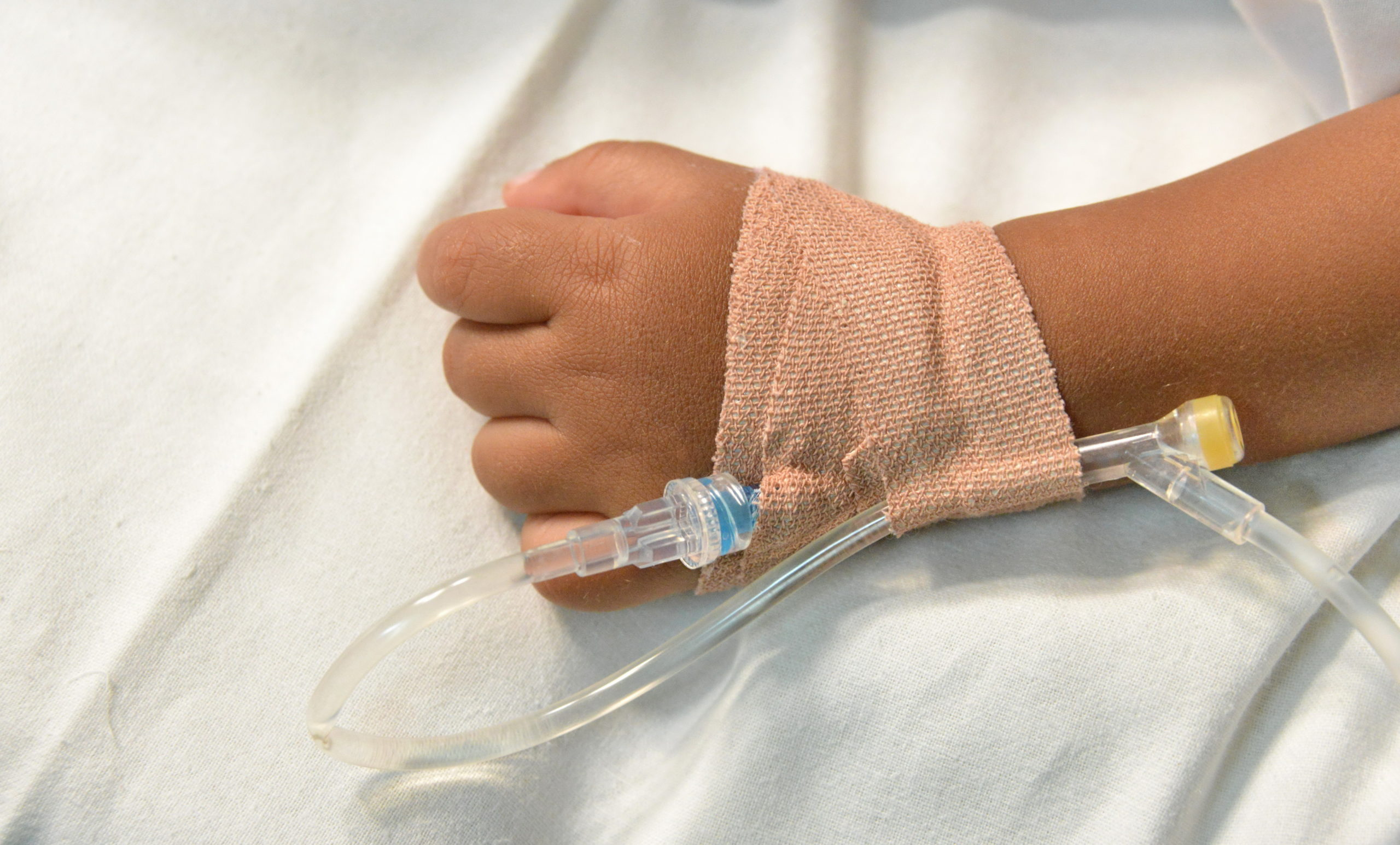It takes a rare blood type from a special group of donors to save an infant: It often is type O-negative and cytomegalovirus-negative.
Rare blood, rare donors
O-negative is the blood type that can be transfused to patients of all blood types, yet makes up only 7% of the population.
Cytomegalovirus (CMV) causes mild to no symptoms in healthy people. CMV is common, with over half of adults being exposed to it by age 40. However, its presence can cause health complications for these tiny patients.
Things done for safety
Two methods are used to remove the virus:
- Leukoreduced blood: CMV is in white blood cells. The process of leukoreduction uses a special filter to removes the cells. The process is standard for most blood centers for its benefits of minimizing adverse reactions and risk of infection.
- Leukoreduced and CMV-negative blood: Some hospitals request blood to be both leukoreduced and tested for CMV. If no antibodies to CMV are present (meaning no previous or current CMV infection has happened to the donor), the blood is considered CMV-negative.
Small baby, small volume
Once the blood is tested and cleared, a regular-sized blood bag is divided into four smaller bags called a quad pack or pedi-pack. Blood center then delivers to the hospital to help a baby in the pediatric intensive care unit undergoing surgery or alleviate symptoms from anemia or other medical conditions.
Take time to learn how you potentially can become a baby blood donor. Learn more about blood donation at SouthTexasBlood.org.

